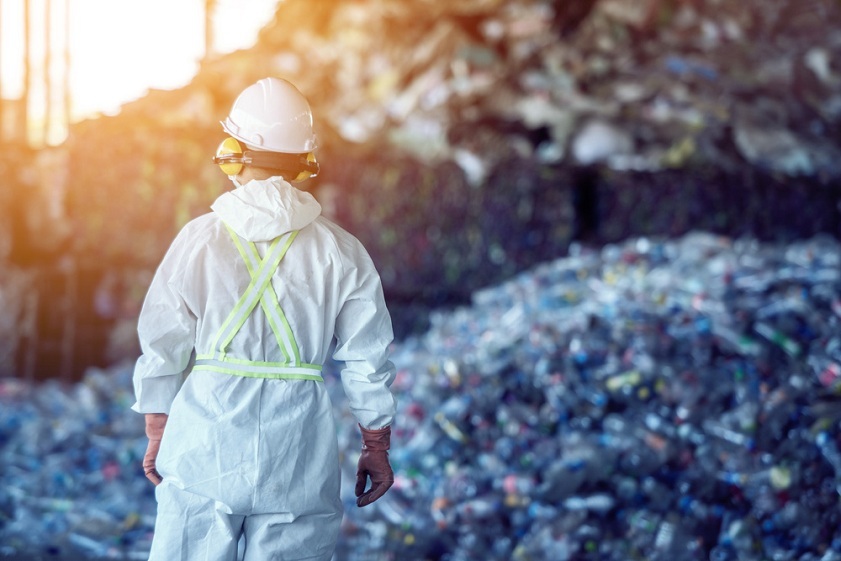Recently released market research from Transparency Market Research Inc. is probably not good news to people hoping for an all-out ban on single-use plastics. Why? Because the report shows strong growth in the demand for recycled PET over the next 8 to 10 years.
Also known as r-PET, recycled PET comes mainly from plastic beverage bottles. But any product made with PET can be recycled. Furthermore, demand for the recycled material just keeps growing. According to the research, the demand for r-PET is expected to jump nearly 10% between now and 2031.
A Very Familiar Plastic
You may not be familiar with the technical aspects of PET, but you are probably very familiar with the plastic itself. The water bottles that line your pantry are likely made from PET. The same goes for your soda and juice bottles. PET is also used to make take-out food containers, condiment bottles, and on and on.
The most interesting thing about PET is that it is easily recycled. Seraphim Plastics, a Tennessee company that specializes in industrial scrap plastic recycling, says that PET is the most recycled plastic around the world.
Still, the vast majority of plastic produced globally never gets recycled. It ends up being thrown away. In addition, most of the plastic that does get recycled comes from industrial sources. It comes from the types of companies that Seraphim Plastics does business with.
They Need More PET
Assuming market estimates are spot on, manufacturers are going to need more r-PET in the coming years. For example, beverage manufacturers committed to using only recycled PET will need a constant supply of the material to keep bottle production moving. The big question is this: where is it all going to come from?
Industrial recyclers are largely responsible for supplying the market right now. But they clearly do not recycle enough PET to meet the estimated future demand. So that means recycling efforts will have to move beyond the industrial environment.
If recyclers are going to meet future demand, they will have to find a way to tap into the residential market. That will not be easy. Residential recycling has proven to be financially inviable. Is there a way to turn things around?
Cleaning and Sorting Recyclables
The most costly aspect of residential recycling is sorting. Add to that the task of cleaning recycled plastics and you have operational costs that exceed what municipalities can make by selling what they recover. Get rid of the need to clean and sort and you change the game.
Incidentally, this is exactly how Seraphim Plastics makes a profit. They do not collect any recyclables that need sorting and cleaning. Picking up a load of baled PET means picking up bottles that have already been separated, cleaned, and prepared for collection.
The industrial model works because it puts the onus to sort and clean on the customer. Residential recycling puts the onus on recyclers. This is inefficient, wasteful, and unprofitable.
A Will and a Way
It is often said that ‘where there’s a will, there’s a way’. When it comes to recycling PET plastic, we already have both. We just need to combine them to create an effective model capable of recovering as much PET as possible.
Market research suggests significant growth for r-PET over the next 8 to 10 years. Data suggests that manufacturers want r-PET. Will there be enough to keep them supplied in the coming years? We will have to wait and see. If not, unmet demand may be the impetus for finally changing how we go about recycling.

